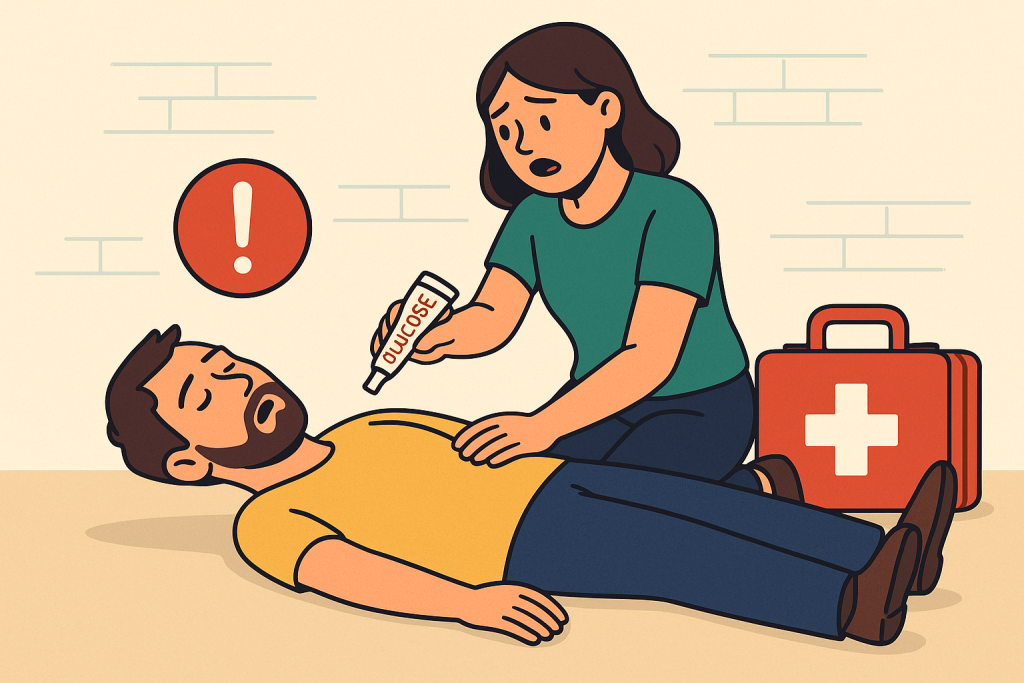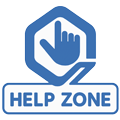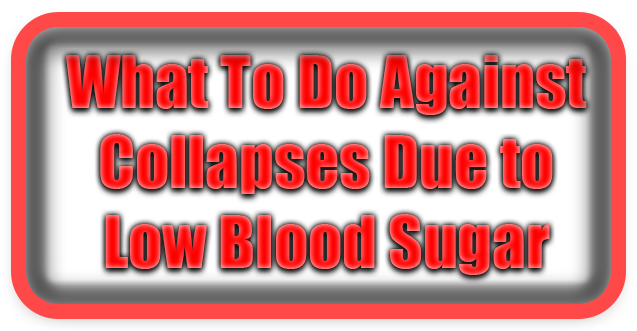⏲️ Estimated reading time: 6 min
What To Do Against Collapses Due to Low Blood Sugar. Low blood sugar (hypoglycemia) can cause dizziness, fainting, or even collapse if not treated quickly. This guide explains the warning signs, first-aid steps, prevention strategies, and long-term management tips to protect yourself or others from dangerous hypoglycemic episodes.
What To Do Against Collapses Due to Low Blood Sugar
Living with low blood sugar episodes also known as hypoglycemia can be frightening and dangerous. A sudden collapse due to a sugar drop is not only a medical emergency but also a situation that can put someone’s life at risk if not managed quickly. Whether you are diabetic, pre-diabetic, or simply prone to sugar fluctuations, it’s essential to know how to react and what preventive steps to take.
In this comprehensive guide, we will explore:
- The symptoms of low blood sugar before collapse
- Emergency steps to take if someone faints due to hypoglycemia
- Practical first-aid tips for caregivers, parents, or coworkers
- How to prevent future collapses with smart lifestyle and diet strategies
- Long-term management advice for those living with diabetes or chronic low sugar episodes
By the end, you’ll know how to act with confidence in case of a hypoglycemic emergency.
Understanding Hypoglycemia
Hypoglycemia occurs when blood glucose levels fall below the normal range, typically under 70 mg/dL (3.9 mmol/L). Glucose is the body’s main energy source, and the brain is particularly sensitive to low levels. That’s why symptoms often involve dizziness, confusion, and fainting.
Common Causes
- Diabetes treatment – Insulin or some oral medications can lower sugar too much.
- Skipping meals – Long gaps without food lead to drops in glucose.
- Excessive exercise – Physical activity burns sugar quickly.
- Alcohol consumption – Alcohol can block the liver from releasing glucose.
- Hormonal imbalances – Rare conditions like Addison’s disease or insulinoma.
Understanding the cause helps tailor both emergency response and long-term management.
Early Warning Signs Before Collapse
Recognizing the early signals of hypoglycemia can prevent a collapse altogether. Typical warning signs include:
- Shaking or trembling
- Sweating, chills, clammy skin
- Rapid heartbeat
- Irritability, nervousness, anxiety
- Dizziness, blurred vision
- Confusion, difficulty concentrating
- Headache
- Sudden hunger
If ignored, symptoms can worsen into:
- Slurred speech
- Loss of coordination
- Seizures
- Collapse or unconsciousness
Emergency Response: Step-by-Step
When a collapse due to low blood sugar occurs, every minute matters. Here’s what to do:
1. Assess the Situation
- Check if the person is conscious or unconscious.
- Look for medical ID jewelry indicating diabetes.
2. If the Person Is Conscious and Able to Swallow
- Give 15–20 grams of fast-acting sugar:
- Glucose tablets (preferred)
- Glucose gel
- Fruit juice
- Regular soda (not diet)
- Honey or sugar dissolved in water
- Wait 15 minutes, then reassess.
- If still low, give another 15g of sugar.
- Once stable, provide a longer-acting carbohydrate (bread, crackers, small sandwich) to maintain sugar levels.
3. If the Person Is Unconscious
- Do NOT give anything by mouth (choking risk).
- Call emergency services immediately (911 in the US, 112 in Europe).
- If available, administer a glucagon injection (emergency kit).
- Place the person on their side (recovery position) to keep the airway clear.
4. During a Seizure
- Do not restrain them.
- Protect their head from injury.
- After the seizure, follow unconscious care steps.
Long-Term Prevention Strategies
Preventing collapses is just as important as knowing what to do in emergencies. Some strategies include:
Regular Meal Planning
- Eat small, frequent meals to keep sugar steady.
- Include complex carbohydrates (whole grains, oats, brown rice).
- Combine protein and fiber with carbs to slow glucose absorption.
Smart Exercise
- Don’t exercise on an empty stomach.
- Carry quick sugar when working out.
- Adjust medication with doctor’s guidance before intense activity.
Monitoring Blood Sugar
- Use a glucometer regularly.
- Continuous glucose monitors (CGMs) provide real-time alerts.
- Keep a diary of food, activity, and sugar levels.
Emergency Preparedness
- Always carry glucose tablets or candy.
- Inform coworkers, teachers, or friends what to do in emergencies.
- Wear a medical ID bracelet or necklace.
Role of Glucagon in Emergencies
Glucagon is a hormone that raises blood sugar. In emergencies, a glucagon injection kit can save a life when someone is unconscious. Training family and colleagues in how to use it is essential. Newer nasal sprays (like Baqsimi) are also available, making administration easier.
Hypoglycemia in Children
Children with type 1 diabetes are particularly vulnerable. Parents, teachers, and caregivers must be trained to spot early signs. Schools should have a care plan in place, including access to glucose and glucagon.
Workplace and Public Awareness
Collapses don’t only happen at home they can happen at work, on public transport, or in school. Creating awareness in the community can reduce panic and ensure proper first aid. Employers and teachers can play a role by:
- Keeping glucose tablets in first-aid kits.
- Offering basic hypoglycemia training sessions.
- Encouraging medical disclosure without stigma.
Myths and Misconceptions
- “Only diabetics get low blood sugar.”
False hypoglycemia can happen in people without diabetes due to fasting, alcohol, or rare conditions. - “You can give food to anyone who faints.”
Dangerous—never give food or drink to someone unconscious. - “Diet soda works in emergencies.”
Wrong diet sodas don’t contain sugar. Always use glucose or regular soda.
When to Seek Medical Help
You should always call a doctor or emergency services if:
- The person loses consciousness.
- Seizures occur.
- Symptoms do not improve after treatment.
- Hypoglycemia happens frequently despite precautions.
Chronic or recurrent low blood sugar should be investigated by an endocrinologist.
Living Confidently with Hypoglycemia
While collapses due to low blood sugar are serious, they can be prevented and managed with the right knowledge and preparation. Having quick sugar on hand, educating those around you, and following a balanced lifestyle can allow you to live without constant fear.
The key is awareness, readiness, and action.

Final Thoughts
Low blood sugar collapses can be frightening, but they don’t have to end in tragedy. By recognizing early signs, acting fast in emergencies, and building preventive habits, you can protect yourself and others. Whether you’re diabetic or not, this knowledge could save a life one day.
🔔 For more tutorials like this, consider subscribing to our blog.
📩 Do you have questions or suggestions? Leave a comment or contact us!
🏷️ Tags: hypoglycemia, low blood sugar, fainting, diabetes management, glucagon, first aid, sugar collapse, diabetic care, health emergency, nutrition
📢 Hashtags: #Hypoglycemia, #LowBloodSugar, #FirstAid, #DiabetesCare, #HealthTips, #Glucagon, #EmergencyCare, #Nutrition, #BloodSugar, #Wellness
Only logged-in users can submit reports.
Discover more from HelpZone
Subscribe to get the latest posts sent to your email.

